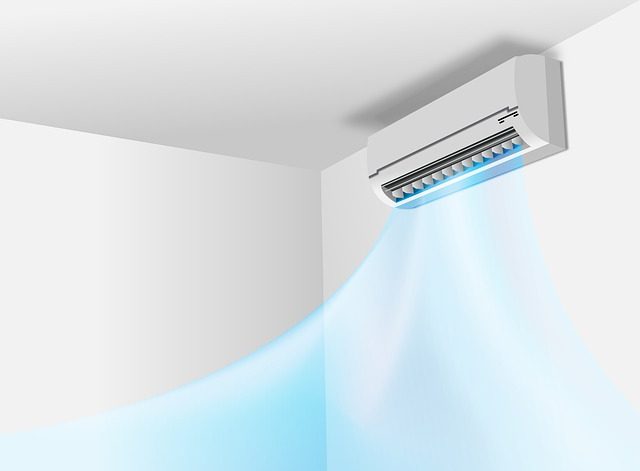- Published research reported assessment of indoor dust particles containing Polychlorinated biphenyls in Lahore, Pakistan.
- High concentrations of Polychlorinated Biphenyl were outlined in areas such as grid stations, locomotive workshops, and unlawful litter burning sites.
- Toddlers found to be more vulnerable to health complications caused by Polychlorinated Biphenyl than adults.
Introduction
Polychlorinated biphenyls abbreviated as PCBs are synthetic chemicals manufactured by humans. The chemical formula of PCBs includes Carbon, Chlorine, and Hydrogen. PCBs belong to a toxic group of chemicals often referred to as carcinogens. This group is tasteless, odorless, and varies in physical appearance. PCBs were made in 1929 and the manufacturing process was stopped due to a ban in 1979. PCBs can persist in the environment for a long period and can travel distances.
Lahore is included in one of the most populous cities of Pakistan. There are old buildings and unsupervised disposal and burning of waste that often cause heavy smog in the city.
Sources of PCBs
The indoor sources of polychlorinated biphenyls are air conditioners, electrical devices, damaged electronic equipment, rubber, transformers, paints, etc.
The research reported prime sources such as grid stations, locomotive workshops, and unlawful litter burning sites. Buildings closed to these sources showed a high concentration of polychlorinated biphenyls. The inadequate disposal of waste containing electronics might result in the release of polychlorinated biphenyl into the environment.
Also check out: Sources and Effects of Common Air Pollutants.
Research Summary – PCBs in Lahore
Research published in January reported an assessment of indoor dust particles containing Polychlorinated biphenyls in Lahore, the city of Pakistan. The assessed concentrations of polychlorinated biphenyl varied from 0.27 to 152.9ng/g. A statistical approach was employed in this research for result evaluation.
The concentration of polychlorinated biphenyls mainly comprised tetra-PCBS and Tri-PCBs. The technique of multiple linear regression was used that showed a serious correlation among the age of the house, dusting frequency, and indoor concentration of polychlorinated biphenyls. Different locations of Lahore were monitored for anticipated results. The high levels of polychlorinated biphenyls were outlined in areas such as grid stations, electronic locomotive workshops, and unlawful litter burning sites. Humans living near those sources were examined for health problems.
Also read: Environmental Impacts of E-cigarettes and Vapes
Effects of PCBs on Humans
The health effects associated with long-term exposure to the high concentration of polychlorinated biphenyl are cancer, liver damage, skin diseases. According to research toddle are most sensitive and vulnerable to health complications caused by polychlorinated biphenyl. Adults possess less risk of cancer than toddlers.
Recommendation
The research recommended a thorough examination of indoor polychlorinated biphenyls and the link between sources of polychlorinated biphenyls and a sensitive group of people.
The government of Pakistan should put a ban on illegal incineration of waste material. The ban will discourage the release of chemicals into the air from burning waste.
Also check out: 10 Indoor Plants For Improving Indoor Air Quality At Home
I hope you all liked this post! Please comment below if you have any suggestions, comments, or feedback! We at #envpk love hearing from our readers! Thanks!




